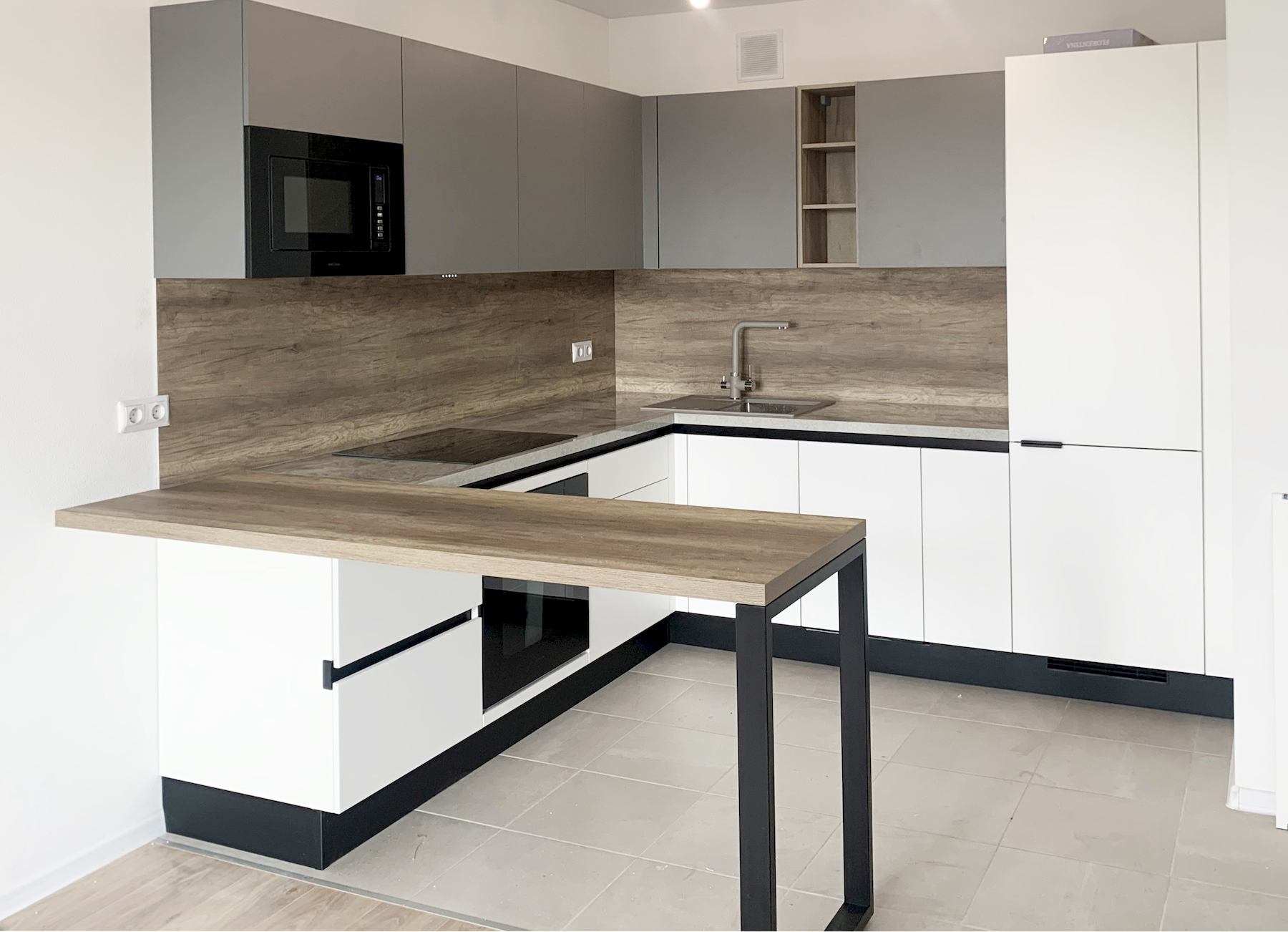
An Introduction to Culinary Spaces: Harmonizing Functionality and Style
The kitchen, often referred to as the heart of the home, is not just a place where meals are prepared, but also where culinary creativity thrives. Refined designs in culinary spaces are an amalgamation of both functionality and aesthetic appeal. These spaces are tailored to meet the needs of home chefs while satisfying the palette of design enthusiasts.
Optimizing Layout for Efficiency
The layout is the foundation of a well-designed culinary space. Efficiency in design revolves around the 'kitchen work triangle', the space between the stove, refrigerator, and sink. The aim is to minimize unnecessary movement and create a flowing workspace that allows for ease of cooking and cleaning. Refined designs incorporate intelligent storage solutions and intuitive placements of appliances, ensuring that everything is within reach when needed.
Aesthetic Elements and Materials
The choice of materials and finishes plays a pivotal role in the elegance of culinary spaces. Luxurious natural stones like marble and granite, when used for countertops or backsplashes, lend a timeless beauty while offering durability. Wood can add warmth and texture, whether it's in the flooring, cabinetry, or as a statement piece. Metals such as stainless steel or brass can infuse a modern and industrial look. The right blend of these materials contributes to a sophisticated environment that inspires culinary creativity.
Lighting: Setting the Mood and Increasing Functionality
Lighting is a critical component that can transform the ambiance of culinary spaces while also serving practical purposes. Layered lighting designs that combine ambient, task, and accent lights not only highlight the beautiful features of the kitchen but also ensure sufficient illumination for safe food preparation. Pendant lights over an island or under-cabinet lights can enhance the elegance and functionality of the space.
Innovative Technology and Appliances
The integration of innovative technology and state-of-the-art appliances is a hallmark of a refined culinary space. Smart kitchen gadgets and appliances offer convenience and improved cooking experiences. From high-tech refrigerators that can help keep track of grocery needs to touch-controlled faucets and Wi-Fi-enabled ovens, technology is reshaping the culinary experience. These advancements are designed seamlessly into the space, contributing to its sophisticated feel.
Personal Touches and Decor
While functionality is crucial, personal touches in the decor make a culinary space feel refined and unique. Art pieces, elegant container sets, or even a well-placed herb garden can add character and vibrancy to the kitchen. Thoughtful inclusion of such elements creates a space that reflects personal style and makes the time spent in the kitchen even more enjoyable.
The Importance of Ergonomics
Ergonomics is an integral aspect of refined design in culinary spaces. The height of counters, ease of access to frequently used items, and the comfort of seating areas are all considerations that impact the usability and enjoyment of the space. Incorporating ergonomic principles ensures a kitchen that is comfortable for all types of users and activities, from casual dining to gourmet cooking.
Conclusion: The Ultimate Culinary Experience
In summary, refined designs in culinary spaces blend beauty with practicality, creating environments that are a joy to cook and dine in. As the hub of the home, a well-designed kitchen is not only about the looks but the overall experience it provides. By meticulously planning layouts, selecting materials, incorporating innovative technologies, and adding personal decor, designers can transform kitchens into culinary spaces that are modern, luxurious, and deeply personal.